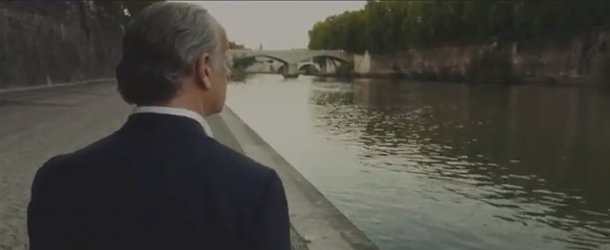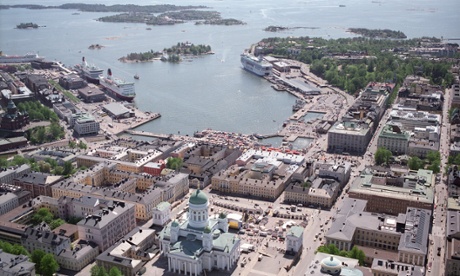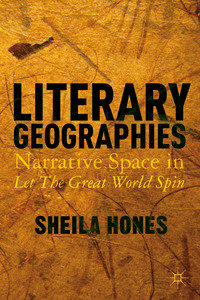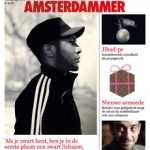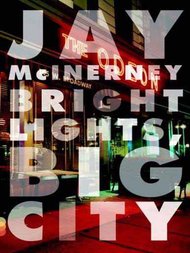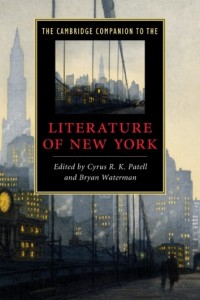In Paolo Sorrentino’s La Grande Bellezza (2013) – in many respects the movie equivalent of a full-scale city novel – the protagonist Jep Gamberdella describes his arrival in Rome, at age 26, as being hurdled down into the vortex of high society. Gamberdella talks of high society and worldliness, but he is in essence describing a founding scene from city literature: the arrival from a young man from the provinces in the disconcerting metropolis.
It’s fascinating how throughout the centuries, the arrival into the metropolis has been described (in literature, in particular) as a descent into a violent vortex or maelstrom. This experience is firmly intertwined with a sense of what it is to be modern. The image of the maelstrom is referred to on numerous occasions in Berman’s All That Is Solid Melts Into Air, and Berman claims that to “be modern […] is to experience personal and social life as a maelstrom” (Berman 1982/1989: 345–346). Berman wants to describe the actual experience of modernity, but repeatedly turns to literary texts for his dissection of modern experiences. His analysis of Rousseau’s Julie, ou la nouvelle Héloïse (Julie, or the New Heloise; 1761), recounts such a sense of shock born from the confrontation with the city:
“This atmosphere – of agitation and turbulence, physic dizziness and drunkenness, expansion of experiential possibilities and destruction of moral boundaries and personal bonds, self-enlargement and self-derangement, phantoms in the street and in the soul – is the atmosphere in which modern sensibility is born.” (Berman 1982/1989: 18)
—
From La Grande Bellezza:
“Quando sono arrivato a Roma, a 26 anni, sono precipitato abbastanza presto, quasi senza rendermene conto, in quello che potrebbe essere definito “il vortice della mondanità”.”
(“When I arrived in Rome, aged 26, I rushed early enough, and almost without realizing it, in what could be defined as “the vortex of high society”.)
—
For the maelstrom in Finnish turn-of-the-century literature of Helsinki, see a brief introduction here; Ameel 2014: 51-52.

